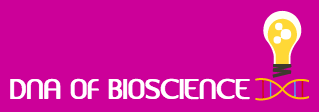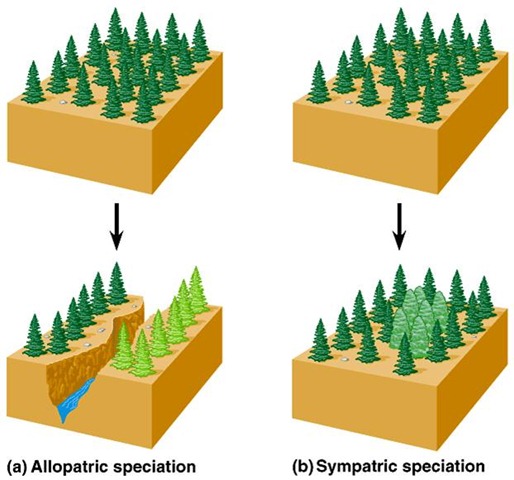1.MYC -----------------------------------------------------------Transcription factor helps in activation(CSIR)
2,Retinoids upregulate trascription----------------------------1 and 7 collagens
3.Heavy methylated Dna----------------------------------------Low transcription
4.Types (CSIR QUESTIONS ) DNA OF BIOSCIENCE
a.Heterohenous nuclear Rna ---------------------------------precursor of other RNAs
b.Sc RNA -------------------------------------------------------selection of protein for export
c.Sno-RNA------------------------------------------------------r-RNA processing
d.Sn-RNA -------------------------------------------------------m-RNA processing
5.TRANSCRIPTION FACTORS-
a.TF II A-------------------------------------------------------promoter recognition,nuclear origin,RNApol II forming pre- inititaion complex
b.TF II B------------------------------------------------------- do ------
c.TF II D-------------------------------------------------------TBP (Tata binding protein) is the subunit .TATA Ssequence is recognized by TFII D.
d,TF II E------------------------------------------------------Melting of DNA, consist of zinc finger motif
e.TF II F-----------------------------------------------------Stabilize the Rna pol II
f.TH II H ---------------------------------------------------nucleotide excision repair,xeroderma pigmentosum (CSIR QUESTION)
DNA OF BIOSCIENCE
6.Retroviral genome(contains 3 proteins)(CSIR QUESTION)
a.Gag --------------------------------------------------------It produce capsid proteins(p24 and p17)
b.Pol----------------------------------------------------------Reverse transcriptase,RNase H ,integrase function & code for proteases.
c.env---------------------------------------------------------Resides in lipd layer, proteins of viral envelope also called transmembrane proteins(gp 41,gp 120)
DNA OF BIOSCIENCE
7.Inhibitors-
a.Alpha amanitin---------------------------------------------eukaryotic RNA pol II (CSIR QUESTION)
b.Actinomycin D------------------------------------------Blocks elongation of bacterial RNA pol.
c.Rifampicin----------------------------------------------bind to beta subunit of RNA pol .
d.Azidothymidine(AZT)-------------------------------Reverse transcriptase inhibition
8. Leucine zipper ------------------------------------Transcription factor
9.2'OH group in RNA ---------------------------------Transesterification
2,Retinoids upregulate trascription----------------------------1 and 7 collagens
3.Heavy methylated Dna----------------------------------------Low transcription
4.Types (CSIR QUESTIONS ) DNA OF BIOSCIENCE
a.Heterohenous nuclear Rna ---------------------------------precursor of other RNAs
b.Sc RNA -------------------------------------------------------selection of protein for export
c.Sno-RNA------------------------------------------------------r-RNA processing
d.Sn-RNA -------------------------------------------------------m-RNA processing
5.TRANSCRIPTION FACTORS-
a.TF II A-------------------------------------------------------promoter recognition,nuclear origin,RNApol II forming pre- inititaion complex
b.TF II B------------------------------------------------------- do ------
c.TF II D-------------------------------------------------------TBP (Tata binding protein) is the subunit .TATA Ssequence is recognized by TFII D.
d,TF II E------------------------------------------------------Melting of DNA, consist of zinc finger motif
e.TF II F-----------------------------------------------------Stabilize the Rna pol II
f.TH II H ---------------------------------------------------nucleotide excision repair,xeroderma pigmentosum (CSIR QUESTION)
DNA OF BIOSCIENCE
6.Retroviral genome(contains 3 proteins)(CSIR QUESTION)
a.Gag --------------------------------------------------------It produce capsid proteins(p24 and p17)
b.Pol----------------------------------------------------------Reverse transcriptase,RNase H ,integrase function & code for proteases.
c.env---------------------------------------------------------Resides in lipd layer, proteins of viral envelope also called transmembrane proteins(gp 41,gp 120)
DNA OF BIOSCIENCE
7.Inhibitors-
a.Alpha amanitin---------------------------------------------eukaryotic RNA pol II (CSIR QUESTION)
b.Actinomycin D------------------------------------------Blocks elongation of bacterial RNA pol.
c.Rifampicin----------------------------------------------bind to beta subunit of RNA pol .
d.Azidothymidine(AZT)-------------------------------Reverse transcriptase inhibition
8. Leucine zipper ------------------------------------Transcription factor
9.2'OH group in RNA ---------------------------------Transesterification
Thank you for visiting my blog. Please do share your comments on this
article. Please subscribe and share the articles to get more such articles.

